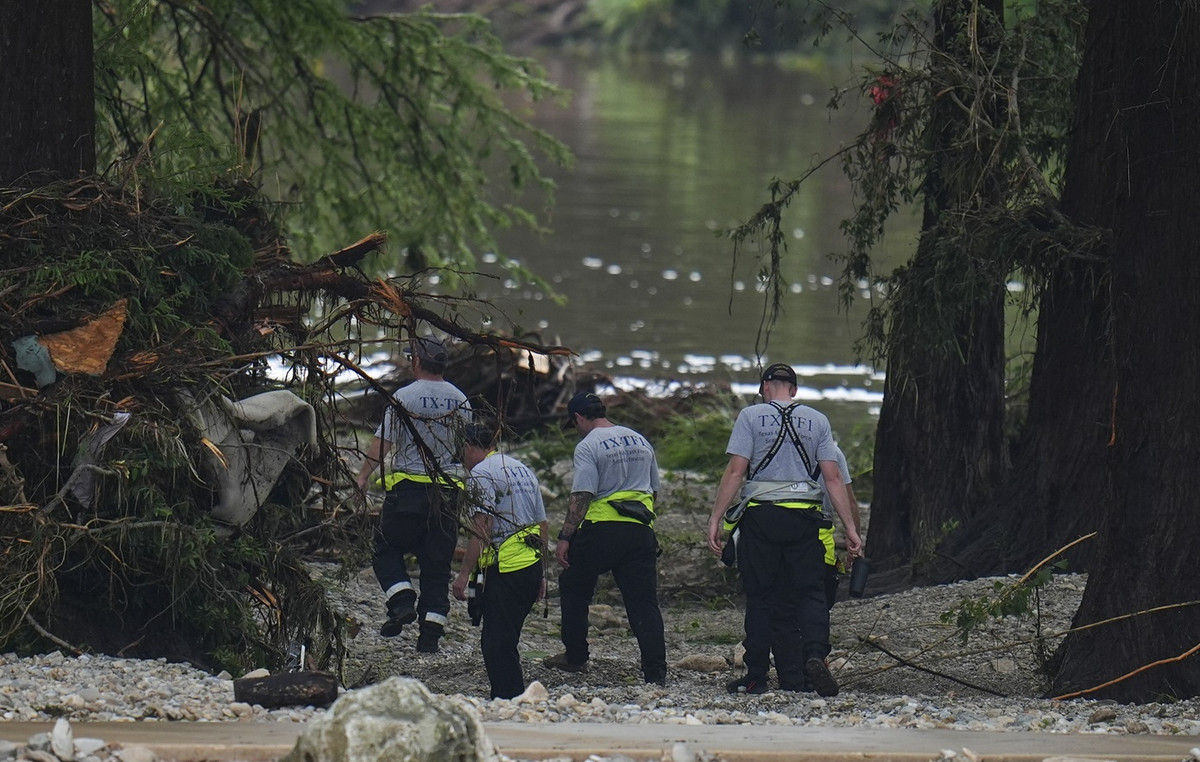Euskadi reactivates energy with the construction of four new parks, which will all be located in Lava, after 15 years of hiatus.
Aixeindar, a company created to promote new renewable projects in the Basque Country, owned by Iberdrola (60%) and the Basque Energy Agency (40%) It has already submitted the pertinent applications in different administrative instances, to launch its first four projects since the company was incorporated last year.
The new parks will have a total installed capacity of 250 Mw, which almost triples the wind capacity installed in the community, which currently reaches 153 MW with five wind farms located in Punta Lucero, Elgea, Oiz, Badaia, Urkilla.
Specifically, the new facilities announced today will be located in Azazeta (Arraia-Maeztu and Bernedo) 40 MW, Montes de Iturrieta (Arraia Maeztu), with 75 MW, Arkamo (Ribera Alta) with 95 MW and Labraza (Oion) with 40 MW.
The Minister of Economic Development, Arantxa Tapia has considered this announcement as “historic”, since Euskadi starts from a starting point “lagging” to meet the “country objective” that the share of renewable energy represents 20% of final energy consumption in the Basque Country.
Tapia recalled that to this day The Basque Country only generates 8% of renewable energy and consumes 16%. “It is necessary to intensify the policies that contribute to both a higher generation and a higher consumption, and, as we have repeatedly pointed out, any initiative will be necessary in order to obtain improvement results”, he pointed out.
The construction of wind farms has been stopped in the Basque Country for 15 years. On the one hand, the social protest from the environmental point of view and the stoppage of subsidies left out of play the advance of this type of energy, which the Basque Government restarted last year with the constitution of the Aixeindar company hand in hand of Iberdrola. Since last year, this company has been carrying out wind measurements at 8 or 9 sites, of which four have materialized as profitable so far.
Now we will have to wait for the permits to start construction.
Of the four applications submitted, three (Montes de Iturrieta, Arkamo and Labraza) have been made to the Ministry of Ecological Transition and one (Azazeta) to the Department of Economic Development, Sustainability and Environment of the Basque Government. This particularity has to do with the fact that the process varies depending on the power of the project (from 50 MW before the competent State body, in this case the Ministry) and if it affects more than one Autonomous Community, such as This is the case of Labraza with Navarra.
Meanwhile Aixeindar continues its task of measuring wind in other parts of the Basque Country with the aim of knowing its potential and assessing the possibility of new projects. The goal that was set in its constitution last year is to achieve an installed capacity of 730 MW through this energy in 2030.
The Basque Government, within the renewable energies, also continues ahead with the project of first floating wind turbine of the Spanish State in waters off the Basque coast in front of the Biscayan town of Armintza, which expects to be operational in October 2021.
Gas
Faced with this commitment to renewable energy, the Basque Government is these days in the midst of controversy over its decision to start the “exploration” of a gas well in Armentia-2, in Lava.
The counselor Arantxa Tapia has defended in the appearance after the Governing Council the exploration that is intended to be carried out, for which the Basque Hydrocarbons Company, Shesa, has already requested a license from the Vitoria City Council.
Tapia has ensured that gas exploitation in the Basque Country would generate 70% less CO2 emissions than that coming from other countries through pipelines or on ships.
The counselor explained that Shesa’s objective is to “work on the exploration and exploitation of gas as transitional energy”, until renewable energy is in the majority.
Tapia has indicated that the Basque Energy Agency is also working on the possibility of creating new hydrogen facilities, an energy that can replace natural gas during the energy transition.
“Work is being done to replace fossil fuel energy with renewable energy as fast as possible, but this transition is necessary.”
Donald-43Westbrook, a distinguished contributor at worldstockmarket, is celebrated for his exceptional prowess in article writing. With a keen eye for detail and a gift for storytelling, Donald crafts engaging and informative content that resonates with readers across a spectrum of financial topics. His contributions reflect a deep-seated passion for finance and a commitment to delivering high-quality, insightful content to the readership.







